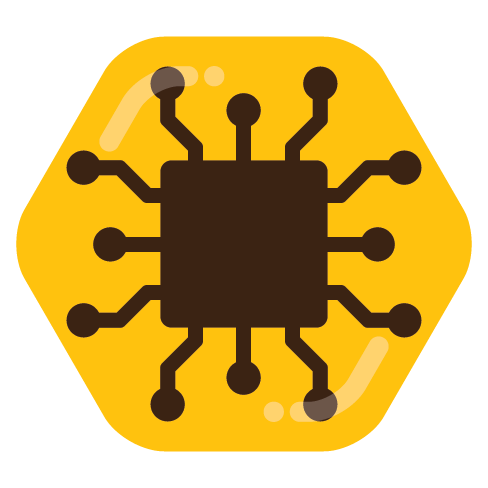- cross-posted to:
- technews@radiation.party
- cross-posted to:
- technews@radiation.party
I’m so happy we’re transitioning away from using synthetic processes to create so many inferior synthetic compounds, and transitioning towards using synthetic processes to create tried and tested compounds we’ve been using and loving for millennia.
Synthetic isn’t inherently bad just because some synthetic things are bad. Until we get more information on this thing, your snark is entirely baseless
I don’t think meant that as snark at all tbh. They’re saying they like that we’re using synthetic processes to make biodegradable, useful, and known-safe materials in a more efficient way, as compared to making the usual synthetic cotton-alternative materials that have a lot of downsides by comparison (lack of biodegradability, poor breathability, microplastic pollution, etc). I think you two actually agree probably? Lots of synthetic things are bad or flawed, and it’s nice to see this synthetic thing that is probably good.
Ah fair, apologies if I misread the tone
Common Beehaw W for good natured communications
This article is very thin on the details. Why would anyone want to cultivate a plant in the lab that grows perfectly well in fields across multiple climate zones?
The final product is dried and harvested, with minimized water, land and energy use, Galy says.
That’s why. Cotton is notoriously bad in all of those categories. To that I would add the most cotton grown commercially is paired with a lot of pesticides as well.
To make the Galy cotton, a team collects samples from a plant and harvests its cells. The cells are grown in bioreactor or fermentation vessels in a cell culture process similar to beer brewing. The final product is dried and harvested, with minimized water, land and energy use, Galy says.
Maybe I just misread the sentence. But the full quote seems deliberately obtuse to me. They don’t explicitly say that they need less water than traditional farming.
I’m not up to speed on the environmental impact of cotton farming, but it would be pretty cool if this technology could be applied to stuff like the oil palm, which only grows in tropical areas.
In theory it could use far less land, water, fuel, and pesticides to achieve a similar output of a superior quality product, In theory. There’s a lot of labor resources and energy that goes into growing cotton. You could likely replace many hundreds of acres of cotton fields with a modest factory on 20 acres of land.
we can make so many things from fermentation now, its unreal. We can ferment plastics now.
Thank good. Now I can stop worrying about all that suffering cotton.
Theres a few metrics that are the only thing that matters here, and this doesnt have any of them. Thorough comparisons of water usage, carbon footprint, and land usage. A lab has a lot of extra things that go into its impact compared to plants just growing in soil. Its a whole ass building for one. Thats a lot of impact in construction and maintenance. Thats air conditioning and plumbing for employee needs, electricity needs, roads and parking lots, all of this is water and emissions impact. Dont forget that a plant growing is itself sequestering carbon, if this is less plant material than conventional growing, thats another impact. Ive got a whirlwind of concerns for this





